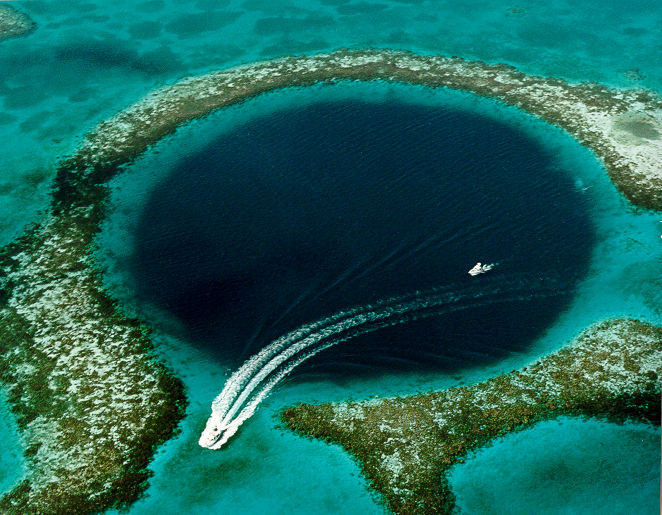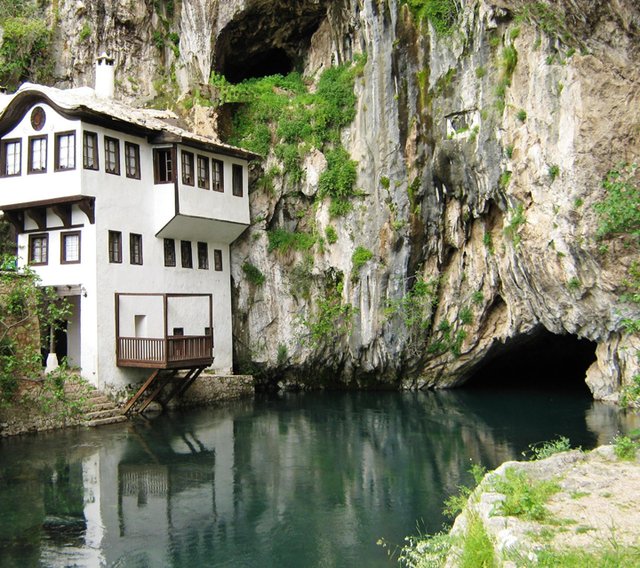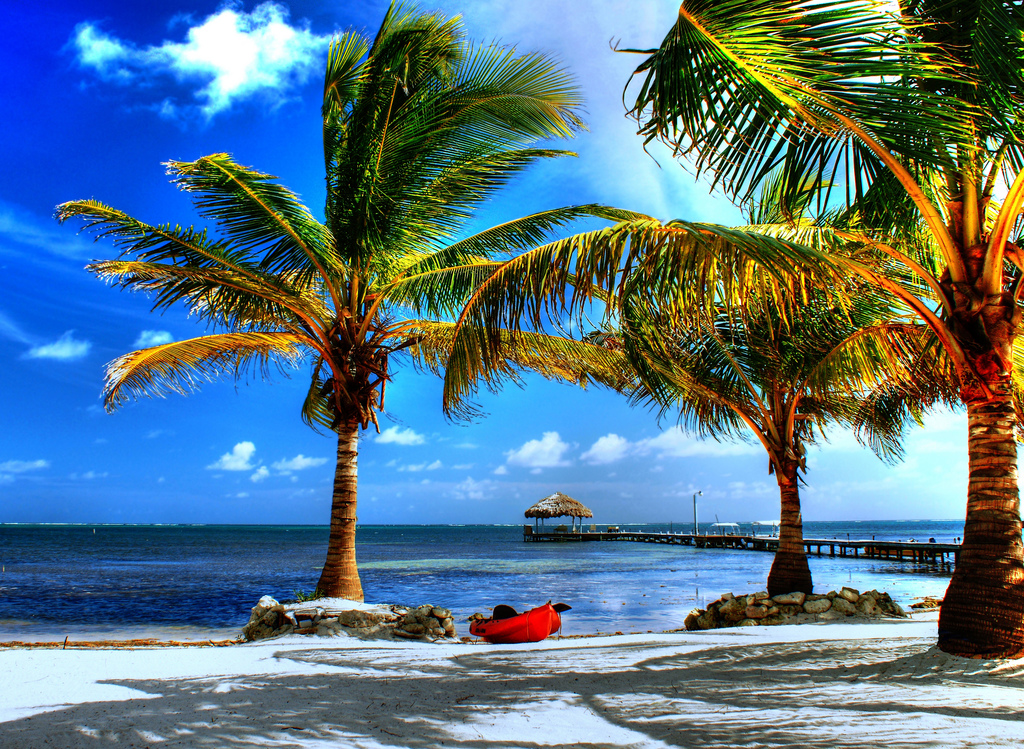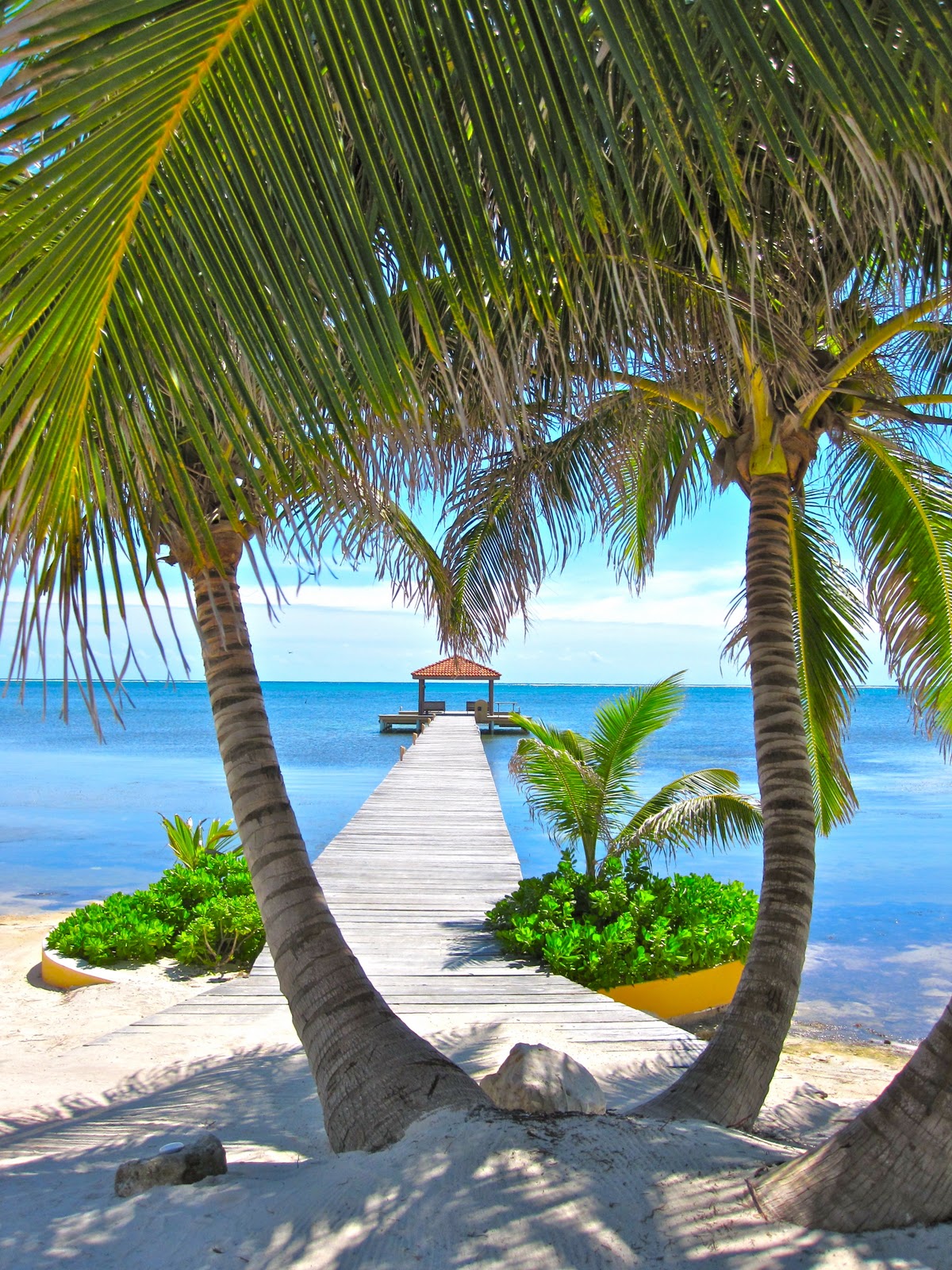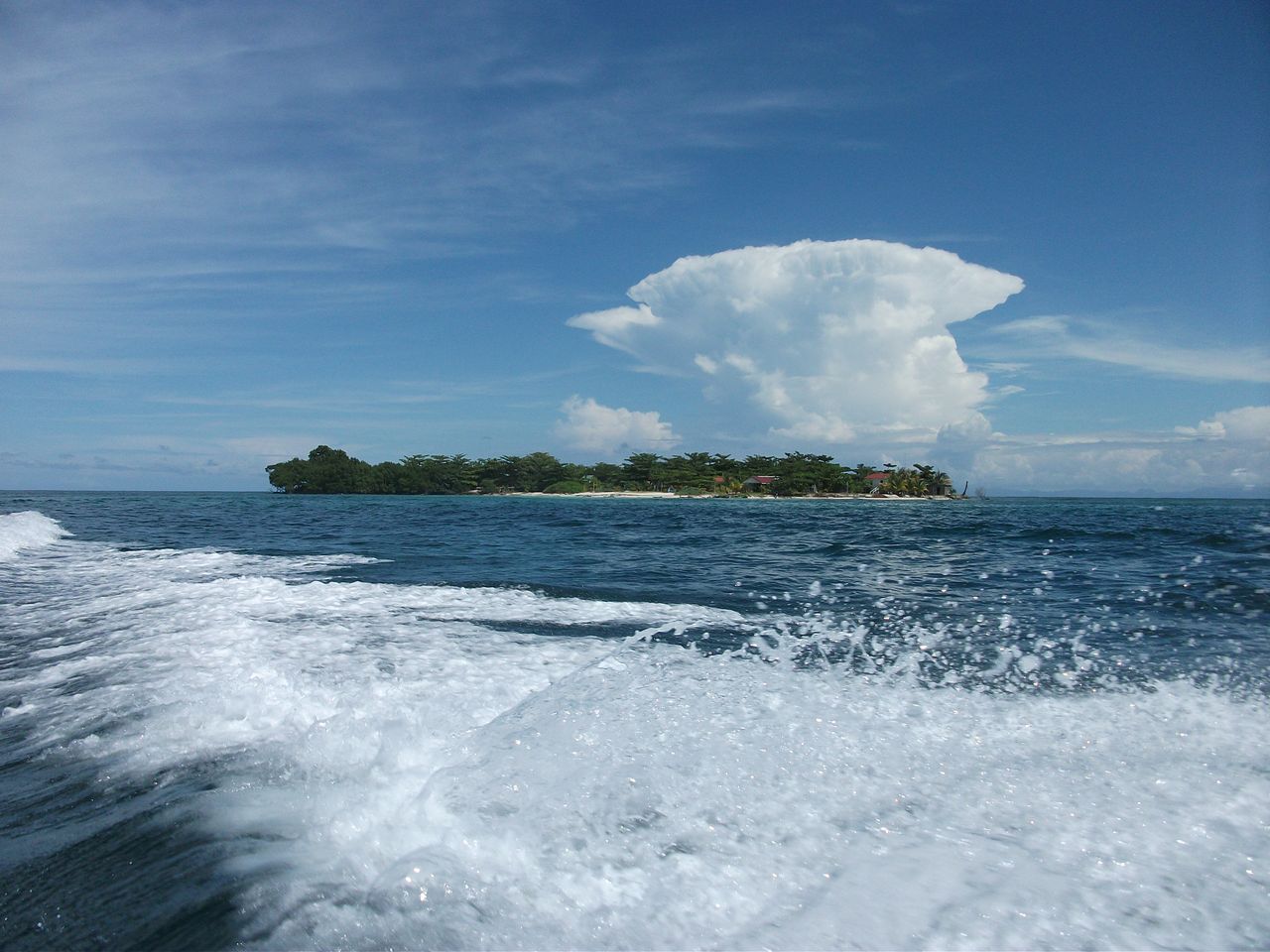A feature attraction of Diving in Belize, Especially for divers with a appreciation of geographical phenomena, is the opportunity to explore the famed Blue Hole. Part of the Lighthouse Reef System, it lies approximately 60 miles off the mainland out of Belize City. It is one of the most astounding dive sites to be found anywhere on earth, right in the center of Lighthouse Reef is a large, almost perfectly circular hole approximately one quarter of a mile (.4 km) across. Inside this hole the water is 480 feet (145 m) deep and it is the depth of water which gives the deep blue color that causes such structures throughout the world to be known as “blue holes.”
Like a giant pupil in a sea of turquoise, The Blue Hole is a perfectly circular limestone sinkhole more than 300 feet across and 412 feet deep. The array of bizarre stalactites and limestone formations which mould its walls seem to become more intricate and intense the deeper one dives. Near to The Blue Hole, one of Belize’s largest protected areas, Half Moon Caye Natural Monument, encompasses 10,000 acres of the atoll and 15 square miles of surrounding waters.
The diameter of the circular reef area stretches for about 1,000 feet and provides an ideal habitat for corals to attach and flourish. The coral actually breaks the surface in many sections at low tide. Except for two narrow channels, the reef surrounds the hole. The hole itself is the opening to a system of caves and passageway that penetrate this undersea mountain. In various places, massive limestone stalactites hang down from what was once the ceiling of air-filled caves before the end of the last Ice Age. When the ice melted the sea level rose, flooding the caves.
The temperature in the Blue Hole at 130ft is about 76F with hardly any change throughout the year at that depth.
For all the practical purposes the over 400-foot depth makes the Blue Hole a bottomless pit. The walls are sheer from the surface until a depth of approximately 110 feet where you will begin to encounter stalactite formtions which actually angle back, allowing you to dive underneath monstrous overhangs. Hovering amongst the stalactites, you can’t help but feel humbled by the knowledge that the massive formation before you once stood high and dry above the surface of the sea eons ago. The feeling is enhanced by the dizzying effect of nitrogen breathed at depths. The water is motionless and the visibility often approaches 200 feet as you break a very noticeable thermocline.

